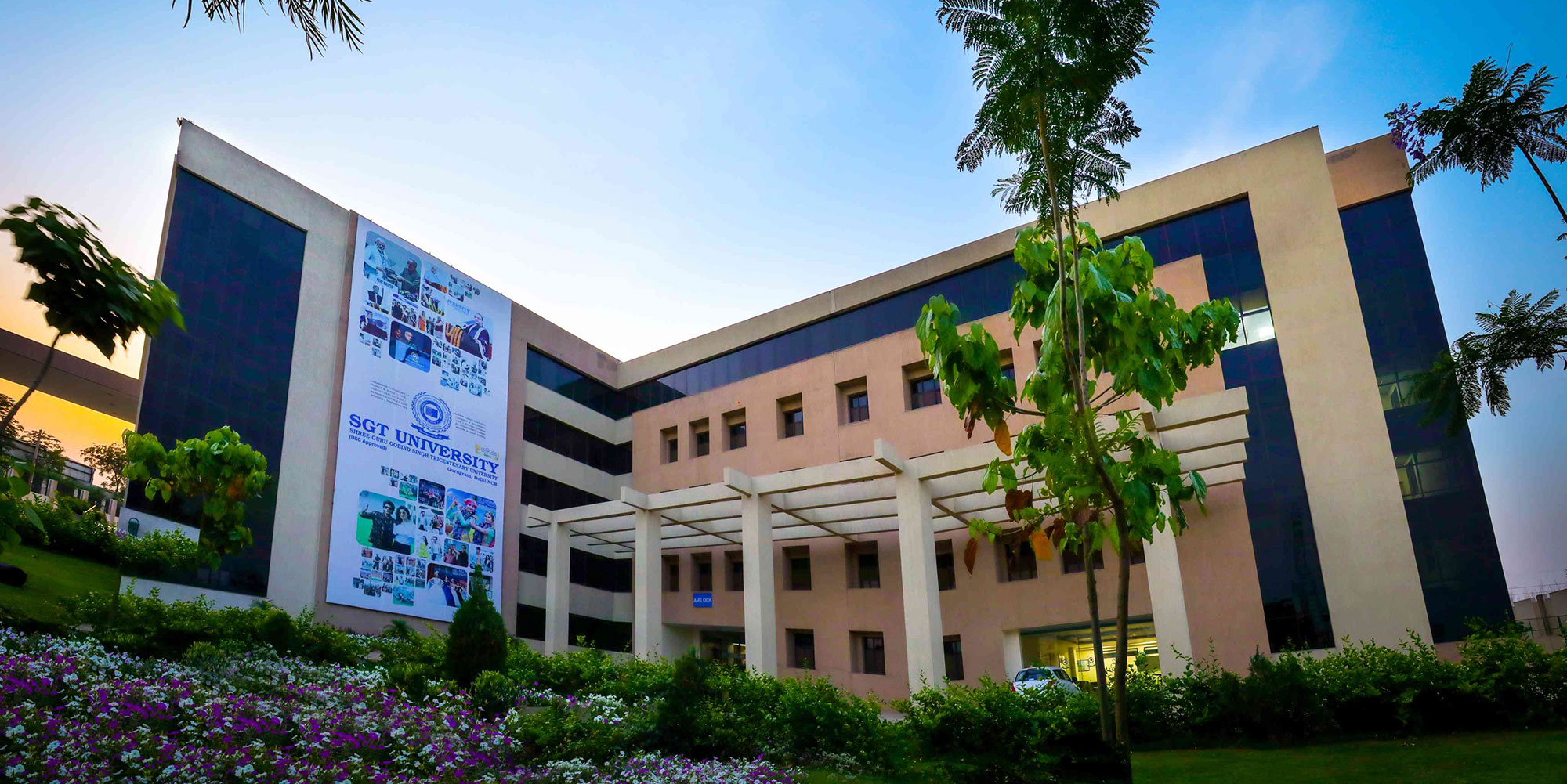Imagine a world where superheroes soar above Mumbai, or ancient Indian warriors clash with mythical creatures in an epic spectacle of light and magic. Welcome to the world of Bollywood's Visual Effects (VFX)—a dynamic force that has revolutionized the way we experience stories on the big screen. From fantastical landscapes to supernatural powers, VFX has transformed Indian cinema into a visual playground, captivating audiences both at home and globally.
Remember the awe-inspiring flying sequences in Krrish or the divine weapons in Brahmastra? These jaw-dropping effects are the result of cutting-edge VFX. Bollywood has come a long way from its humble beginnings, where special effects relied on basic camera tricks and props. Today, filmmakers have the power to bring any vision to life—whether it's creating mythical creatures, alternate realities, or characters who can change form at will. As Indian cinema continues to gain worldwide recognition, VFX is taking center stage in the storytelling process.
The Early Days: Crafting Illusions with Simple Tricks (1910s-1960s)
The Silent Film Era: Laying the Foundation (1910s-1920s)
Bollywood's love affair with visual effects began over a century ago, during the silent film era. Iconic films like Raja Harishchandra (1913) by Dadasaheb Phalke used rudimentary camera tricks to create illusions that dazzled audiences. Though primitive by today's standards, these pioneering efforts set the stage for the groundbreaking VFX we enjoy today.
Back then, directors were akin to magicians, conjuring effects with mirrors, forced perspective, and stop-motion animation. These simple techniques transported viewers to otherworldly realms, igniting the imagination of both filmmakers and audiences alike.
Practical Effects and Matte Paintings: From Miniature Sets to Fantasy Worlds (1930s-1960s)
As cinema evolved, so did the tools of the trade. By the 1930s and 40s, practical effects—such as miniature sets and creative camera work—were used to construct elaborate battle scenes and dramatic moments. Matte paintings emerged in the 1940s, enabling filmmakers to conjure vast, fantastical landscapes on a budget. These hand-painted backdrops allowed directors to stretch the limits of what could be shown on screen, paving the way for more complex visual effects.
The Digital Revolution: VFX Comes of Age (1980s-1990s)
The 1980s: Enter the Digital Era
The 1980s ushered in a technological revolution, transforming how Bollywood approached visual effects. Films like Mr. India (1987) marked a pivotal moment by utilizing chroma key technology (also known as green screen) to create the illusion of invisibility. This marked Bollywood's first major foray into digital effects, opening a new world of possibilities for filmmakers.
Chota Chetan and the Advent of 3D (1990s)
The late 90s saw another milestone with Chota Chetan (1998), India's first 3D film. Suddenly, filmmakers could create entire worlds and characters through 3D animation, providing audiences with an immersive, never-before-seen experience. This period solidified VFX as not just an add-on, but a core element of storytelling.
The 2000s: Bollywood Embraces CGI and Blockbusters
CGI Takes Center Stage
As the 2000s rolled in, CGI (Computer-Generated Imagery) became the dominant force in Bollywood VFX. Films like Koi... Mil Gaya (2003) introduced Indian audiences to futuristic characters like the alien Jadoo, while action-packed franchises like Dhoom used CGI to enhance stunts and action sequences, elevating Bollywood's visual storytelling to new heights.
VFX Powerhouses Rise
This era also witnessed the rise of dedicated VFX studios such as Red Chillies VFX and Prime Focus, which pushed the boundaries of what could be achieved on screen. These studios worked closely with directors to seamlessly integrate VFX into the narrative, making it a critical storytelling tool rather than a mere spectacle.
If you'd like to learn more about our Bachelor's of Design Degree in Animation and VFX Design, please click here: BDes in Animation and VFX Design
The 2010s: Global Recognition and New Frontiers
A Decade of Blockbusters
In the 2010s, Bollywood embraced VFX on a scale never seen before. Blockbusters like Krrish 3 (2013) and Ra.One (2011) leveraged advanced CGI to bring superhero stories to life, while period dramas like Padmaavat (2018) used VFX to recreate grand historical settings and breathtaking battle scenes. These films showcased the sophistication of Indian VFX, capturing the attention of global audiences.
Collaborating with Hollywood
This period also marked increased collaboration between Indian and international VFX studios. Films like Magadheera (2009) benefited from this synergy, combining the expertise of both Indian and foreign artists to produce stunning visuals.
The Future: New Technologies and Endless Possibilities
Virtual Production and AI
Looking ahead, emerging technologies such as virtual production, augmented reality (AR), and artificial intelligence (AI) are set to redefine VFX in Bollywood. Virtual production, for instance, combines live-action filming with digital environments, allowing for dynamic and cost-effective filmmaking. AI is also streamlining the VFX workflow, enabling artists to focus on creative aspects by automating repetitive tasks.
Challenges and Opportunities
While Bollywood VFX has come a long way, challenges remain. The demand for highly skilled VFX professionals is growing, requiring ongoing training and development. Additionally, the rising cost of VFX may pose a hurdle for smaller-budget films. However, with innovation and collaboration, Bollywood is well-positioned to overcome these challenges and continue to push the boundaries of visual storytelling.
Conclusion: The Bright Future of Bollywood VFX
From simple tricks to breathtaking CGI, Bollywood's VFX journey is a testament to the power of technology and imagination. As filmmakers continue to explore new frontiers, the future of Bollywood VFX promises to be even more thrilling, captivating audiences worldwide with stunning visuals and compelling stories.
So, what's next? The only limit is imagination. As Bollywood continues to invest in VFX talent and technology, we can expect the industry to reach new heights—competing on a global stage and inspiring the next generation of storytellers.
Lights, camera, action—the future of VFX in Bollywood is just getting started!


